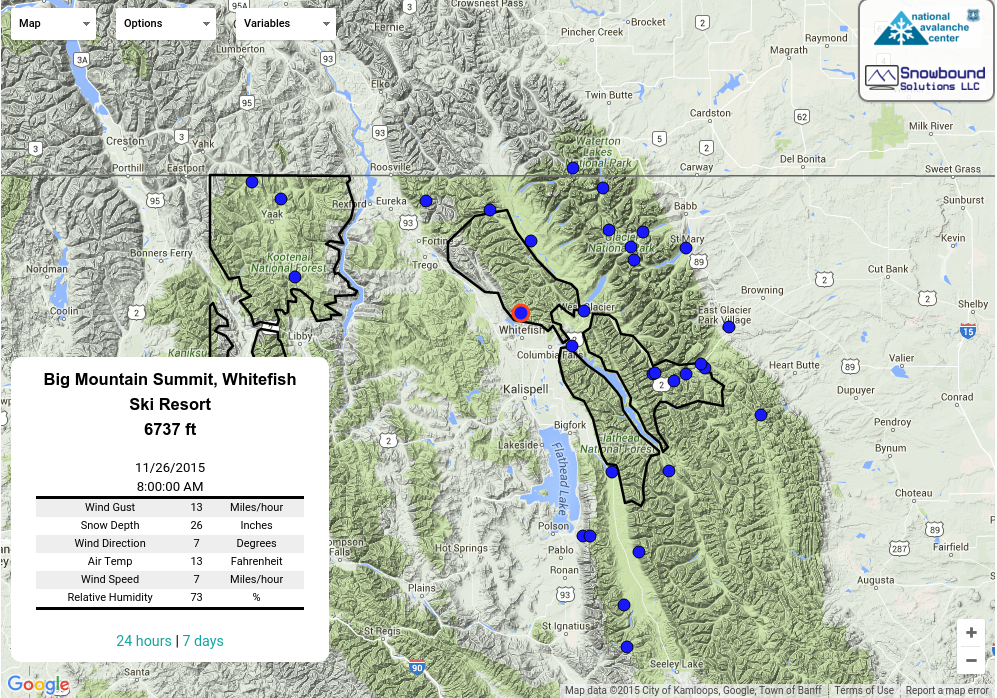
- Forecasts
- Observations
-
Education
-
About
Friends of the Flathead Avalanche Center
Flathead Avalanche Center
- Donate
Call
Contact
Flathead Avalanche Center 10 Hungry Horse Drive, Hungry Horse, MT 59919
In Partnership With

In Partnership With







